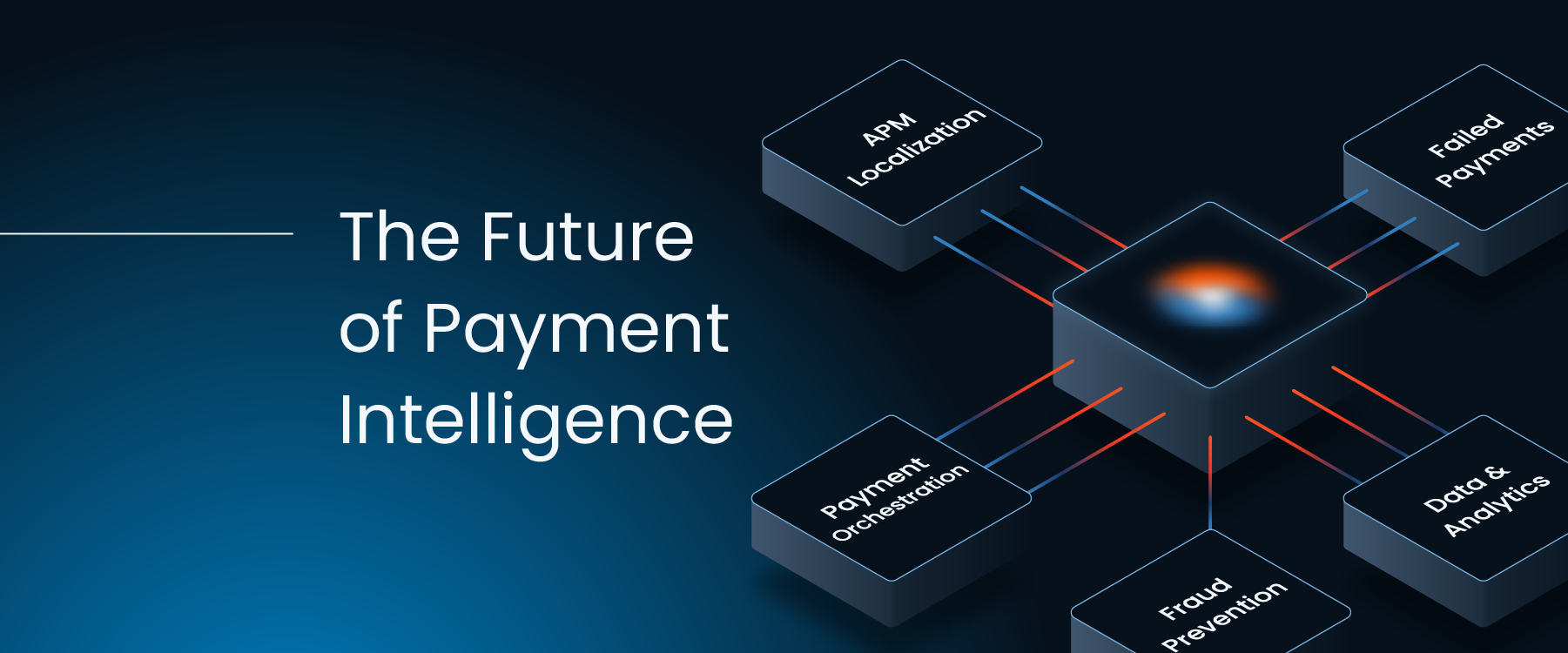
These days, almost every payment tool claims to use AI. Fraud tools, dashboards, PSPs; all powered by artificial intelligence. But if you’ve ever had to manually pull a report, analyze approval rates, reroute traffic between PSPs, or update fraud rules by hand, you already know: something’s missing.
That “something” is agentic payment intelligence
There’s a big difference between AI that simply responds to your input—and AI that can actually make decisions, act, and learn in real time. That’s the difference between non-agentic and agentic AI. And if you’re serious about solving the most painful parts of your payment stack. Think orchestration, personalized payment experience, fraud prevention, data fragmentation, or failed payments; you’ll need the latter.
Let’s unpack what makes agentic AI so different—and why the future of payments depends on it.
Agentic AI refers to systems that work autonomously by combining supervised and unsupervised learning. They can observe what is happening, set goals, surface insights, and continuously refine recommendations based on the results without waiting for manual analysis at every step.
In payments, this is critical. Every transaction produces an overwhelming amount of information: approval rates, risk signals, device fingerprints, regional behaviors, PSP performance. The sheer volume and complexity make it impossible for a human team to detect patterns in real time. Agentic AI helps navigate that infinite flow of data, identify hidden correlations too complex for manual analysis, and guide strategic decision making systematically to improve performance.
In simpler terms: agentic AI does not just hand you raw data or static reports. It evaluates the signals, analyzes the impacts, recommends the best course of action, and tracks outcomes to refine the strategy. For example, if your approval rate in Brazil is dropping due to an underperforming PSP, a non-agentic system would simply flag the drop. An agentic one would highlight the pattern, recommend rerouting traffic to a better performing gateway, and continue monitoring so your team can adjust intelligently. It is intelligence with initiative.
Non-agentic AI is what most platforms offer today. It is reactive: it can process data, highlight trends or generate risk scores, but the strategic reasoning still has to come from your team. Decisions depend on people interpreting those outputs and acting on them.
Even when the input is useful, relying on manual judgment slows things down. That delay adds friction in fast-moving systems like payments, where timing and context can make the difference between recovering revenue or losing it.
The difference between agentic and non-agentic AI is easier to see in practice. Both models respond very differently across five of the most critical payment pain points: payment orchestration, APM localization, fraud prevention, data and analytics, and failed payments. These are not abstract distinctions. They touch directly on revenue, expansion, and user trust.
Below are real-world scenarios that show how each approach performs when it matters most.
Non-agentic AI: You spot a drop in approval rates in a specific market. Engineering gets involved, the routing logic is updated manually, and the change goes live. Sometimes the update is quick, but often it comes later than ideal and without certainty that it will fully solve the issue.
Agentic AI: The system identifies the drop instantly, tests multiple routing paths in real time, and automatically switches to the best-performing PSP without requiring manual intervention.
Non-agentic AI: The system can identify risky transactions, but the real work falls back on your team. Reviews, threshold tweaks and dispute handling pile up into a repetitive process that drains time and slows resolution.
Agentic AI: The system adapts in real time, using a wide range of signals such as geography, behavior and transaction history to evaluate risk with greater precision. At the same time, it makes chargeback management far easier by automating complex steps like transaction reconciliation and dispute preparation. This combination strengthens fraud prevention while reducing the operational load of managing cases manually.
Non-agentic AI: Data sits in silos across PSPs, fraud tools and checkout platforms. Teams spend hours piecing together reports and running one-off analyses, which slows decision-making and leaves gaps in visibility.
Agentic AI: It unifies all data streams into one real-time view, giving finance, ops and growth teams immediate access to insights they can act on. By connecting the dots automatically, the system not only removes manual work but also acts on those insights to optimize performance.
It’s a fair concern: if your system can make autonomous decisions, how do you ensure it stays within safe boundaries?
Agentic platforms are built with governed autonomy in mind. That means:
Here’s the bottom line: non-agentic AI is useful, but limited. It needs to be told what to do. It waits.
In a field as dynamic and variable as payments, relying on an agentic system can be a massive differentiator. Agentic AI does not wait; it continuously learns, adapts and acts based on context.
That difference is what turns a fragmented stack into a unified, responsive system. It is what helps you win in global markets without drowning in manual ops. And it is what gives your team back the time and focus they need to actually grow the business.
Agentic payments intelligence is not a nice-to-have. It is a competitive edge.
